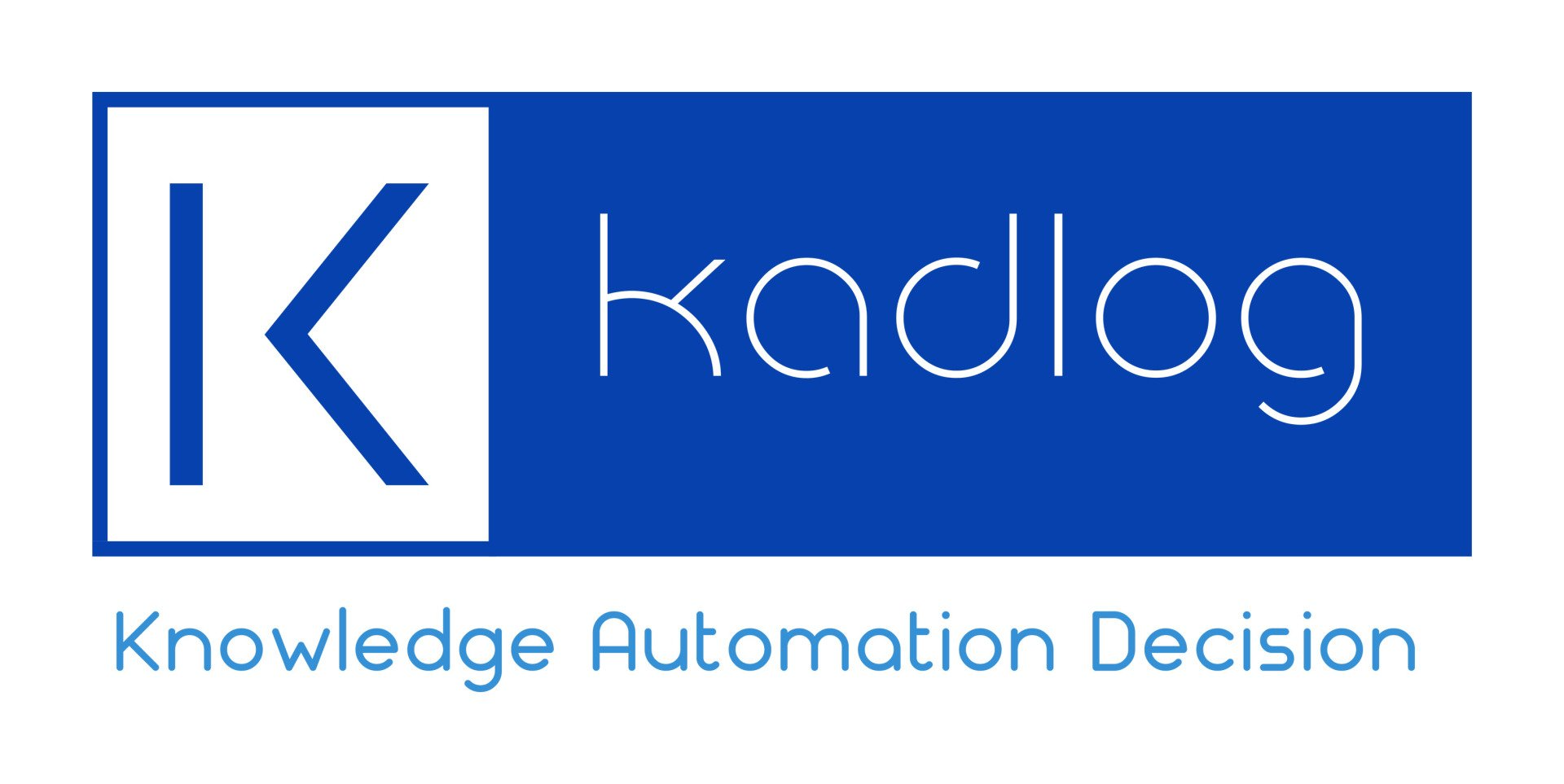Decision management is much broader than business rules

Sparkling Logic helps businesses automate and improve the quality of their operational decisions with a technology platform that is powerful and simple: SMARTS for short. In this post, we present SMARTS through 10 selected questions and answers.
Q&A
1) What is SMARTS?
SMARTS is a decision management platform for business analysts and ‘citizen developers’ to author, test, simulate, deploy, run, and change decisions autonomously, without involving developers or IT beyond first installation.
2) Is SMARTS a business rules engine?
SMARTS is more than a business rules engine. It integrates multiple decision technologies into the same platform. SMARTS provides eight execution engines: A decision flow engine to sequence tasks of a business process; a state-machine engine to orchestrate tasks; a rule set engine to sequence decisions; a sequential engine that either fires all or just the first valid decision; a Rete-NT engine for inference; a lookup engine for data search in large datasets; a PMML engine to execute predictive models; and a DMN 1.3 engine to execute decision models. Depending on the problem you have, you may choose one or the other, or even combine them in the same set-up.
3) What are the typical applications for which SMARTS is the best fit?
In the financial, insurance, and healthcare services, SMARTS often won over the competition for origination and underwriting, pricing and rating engines, account management, fraud detection, and collections and recovery. More generally, SMARTS is a good fit when there are a lot of decisions that are data-based, frequently invoked, and likely to change often.
4) What is the difference between authoring business decisions and rules with SMARTS and coding them directly in the final application?
You can code decision logic but you will need detailed specifications from business analysts. This process may take too much time when compared to SMARTS. And once the decision logic is coded, it becomes complicated for business analysts to understand and take control of. SMARTS targets business-critical decision logic that either implements business models, corporate policies or industry directives in a dynamic and continually changing economy. Think of all the financial, insurance, and healthcare regulations since the financial crisis of 2008 and the changes since the coronavirus crisis of 2020. These two crises are typical examples of complex situations where business decisions not only need to be implemented quickly and accurately, but they also need to change dynamically and continuously.
5) Does SMARTS come with a decision design process?
SMARTS not only supports but it also augments the Decision Model and Notation (DMN) standard of the OMG (Object Management Group). DMN models decision dependencies very well, but not decision sequencing, which is also a natural way experts use to describe a complete decision logic. SMARTS addresses both dependency and sequencing through the combination of Pencil, RedPen, and the decision flow.
6) What machine learning models does SMARTS support?
SMARTS supports the execution of 13 machine learning models including classification, linear and logistic regression, support vector machines (SVMs), decision trees, random forests and ensemble learning, clustering, and neural networks. SMARTS uses PMML, the standardized predictive model markup language, to import and execute whatever model your data scientists have built.
7) Does SMARTS integrate with business process management platforms?
Yes, a SMARTS decision service can be natively invoked by a business process like any other service. Also, for decision-centric processes, SMARTS provides an orchestration capability.
8) What is the difference between an RPA tool and SMARTS?
If you think of a process as a sequence of “what to do”, “how to do it”, “do it”, and “report it”, then SMARTS automates the “what to do” and “how to do it” tasks while an RPA tool automates the “do it” and “report it” tasks.
9) Is SMARTS cloud-based?
SMARTS was designed from the ground-up for the cloud. Whether you have chosen to host your application or use our SaaS solution, we provide you with the most modern tools. SMARTS comes in a container, ready to install on your premises, AWS, GCP, Azure, or Aliyun. Choose yours, change your mind, no need to recode to redeploy your application.
10) What makes you unique?
Our motto is “your decisions, our business”. We enjoy nothing more than helping customers implement their most demanding business requirements and technical specifications. Our obsession is not only to have clients satisfied but also to be proud of the system they built. So dare to give us a challenge and we will solve it for you in days, not weeks, or months. Just email us or request a free trial.
In this post, we introduced SMARTS through 10 selected questions and answers. If you have more, feel free to read our blog, sign up for our webinars, or contact us. We would be happy to get back to you very quickly.
About
Sparkling Logic is a Silicon Valley company dedicated to helping businesses automate and improve the quality of their operational decisions with a powerful decision management platform, accessible to business analysts and ‘citizen developers’. Sparkling Logic’s customers include global leaders in financial services, insurance, healthcare, retail, utility, and IoT.
Sparkling Logic SMARTS(TM) (SMARTS for short) is a cloud-based, low-code, decision technology platform that unifies authoring, testing, deployment and maintenance of operational decisions. SMARTS combines the highly scalable Rete-NT inference engine, with predictive analytics and machine learning models, and low-code functionality to create intelligent decisioning systems.



